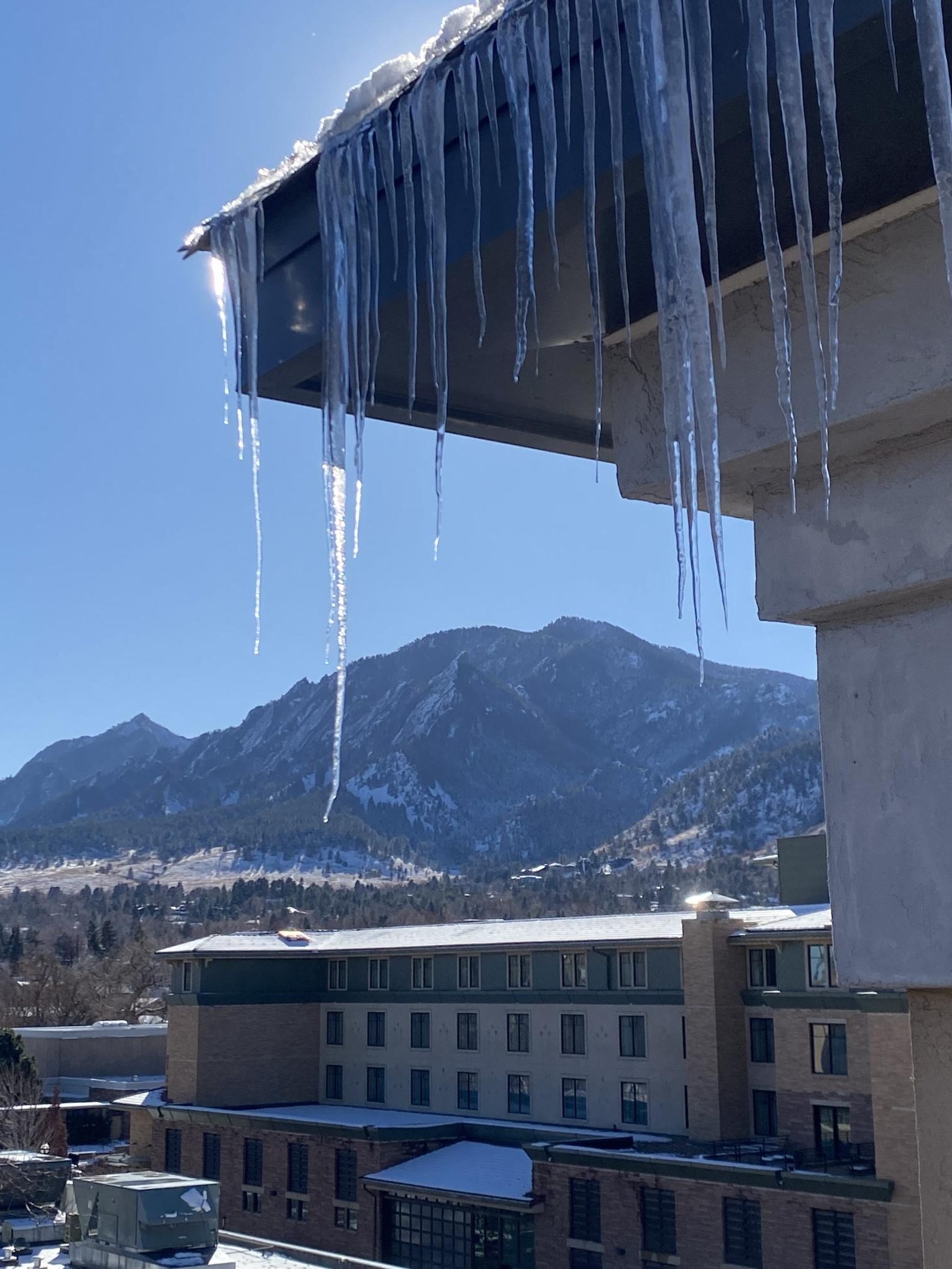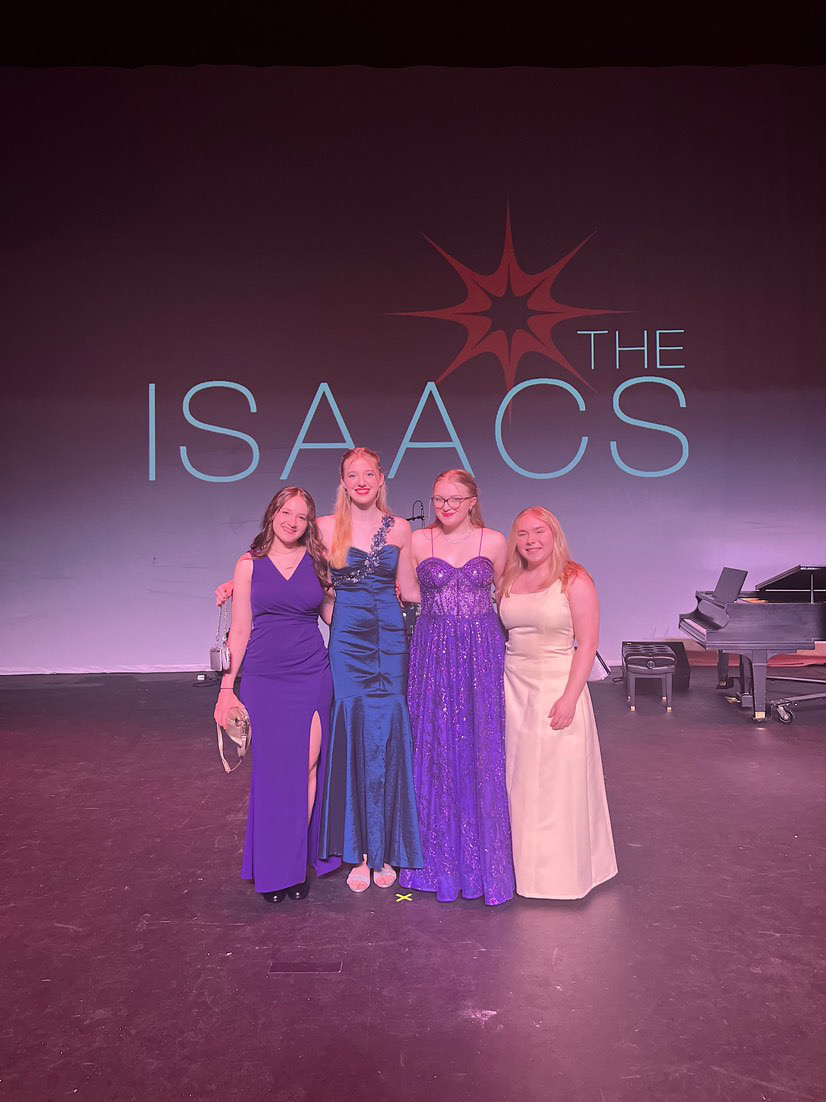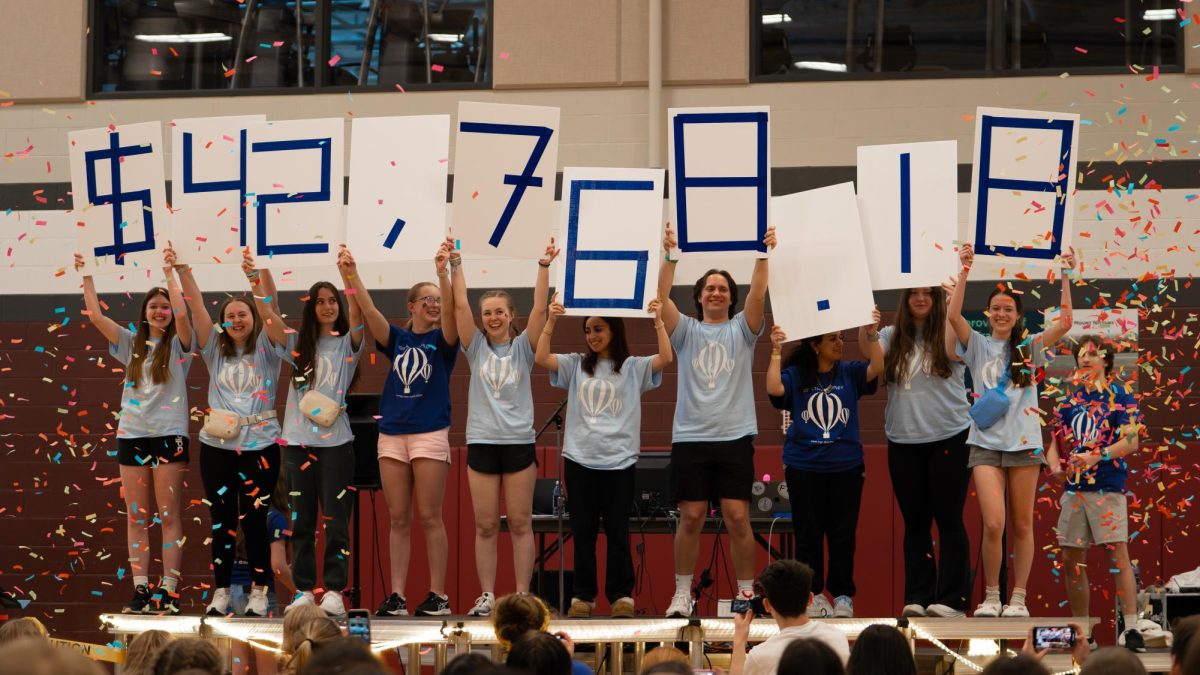From late November through the beginning of December, many students begin feeling the effects of Seasonal Affective Disorder (SAD), informally referred to as “seasonal depression”.
During winter, the Northern Hemisphere tilts away from the sun, resulting in a decrease in daylight hours. This causes a drop in serotonin levels and increases melatonin production, making many students feel unhappy and fatigued.
A sophomore at State High, Evyie Desaultis, is medically diagnosed with SAD and suffers this time of year. “I come home from school and I am exhausted,” Desaultis said.
The decrease in sunlight also causes a drop in temperature. “I have little to no motivation when it’s really cold outside, and it’s like I get [less] invested in the world around me,” Desaultis said, “It feels isolating.”
Although SAD can affect anyone, according to Sophia Juhler, author of a news article titled, Seasonal Depression Affects High School Students, SAD most commonly affects womens and teens.
It’s possible for SAD to get in the way of schoolwork, as students may experience trouble focusing, fatigue, and general symptoms of depression. Anne Kapinus, State High library para, has personal experience with this condition; her boss of 15 years suffered from SAD, as well as her daughter.
“I can see how it would affect kids, you know, and they’re in sports and after school activities and it gets dark before 5 o’clock, and they never get to see the sun,” Kapinus said.
Though this time of year can be challenging, it’s important to recognize that there are things that can be done to help. For example, regular exercise and getting outside whenever possible, as well as doing activities that you enjoy.
SAD is a serious condition that can require professional attention. Light therapy is recommended as treatment for SAD. There are specific lamps that are made for people with this condition that act as sunlight, delivering vitamin D and boosting serotonin levels.
“The lamps that they make for SAD are indeed effective,” Kapinus said with regards to her daughter.
It’s important to know that there are resources available to help. If you or someone you know suffer from SAD, do not hesitate to reach out. The counseling office is always there to assist those in need.








